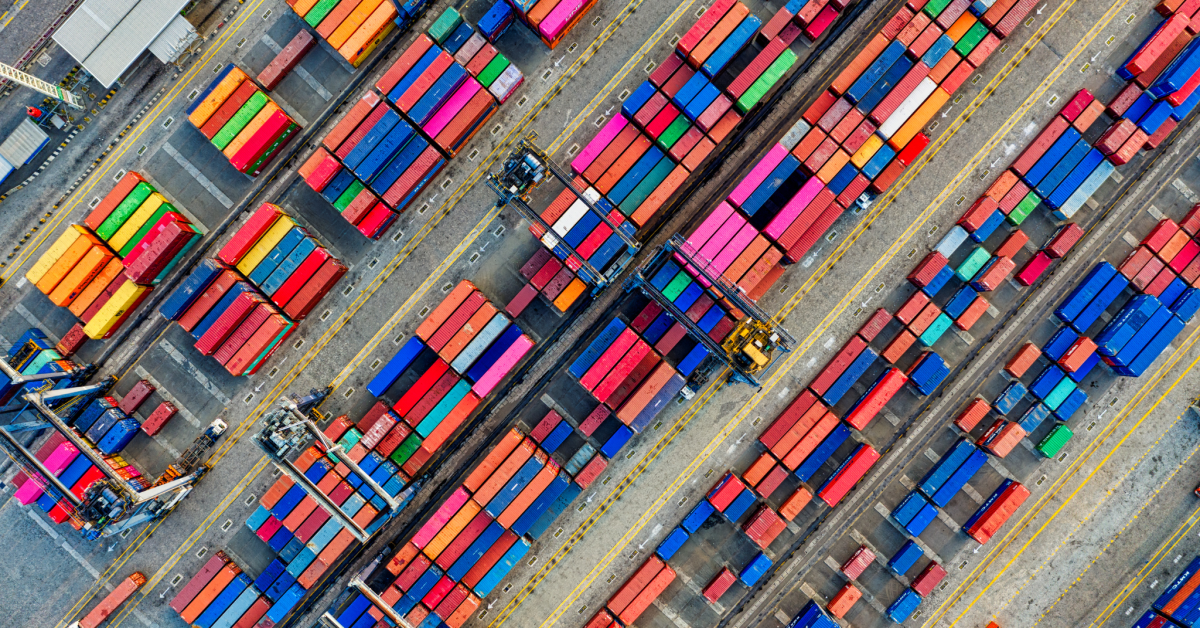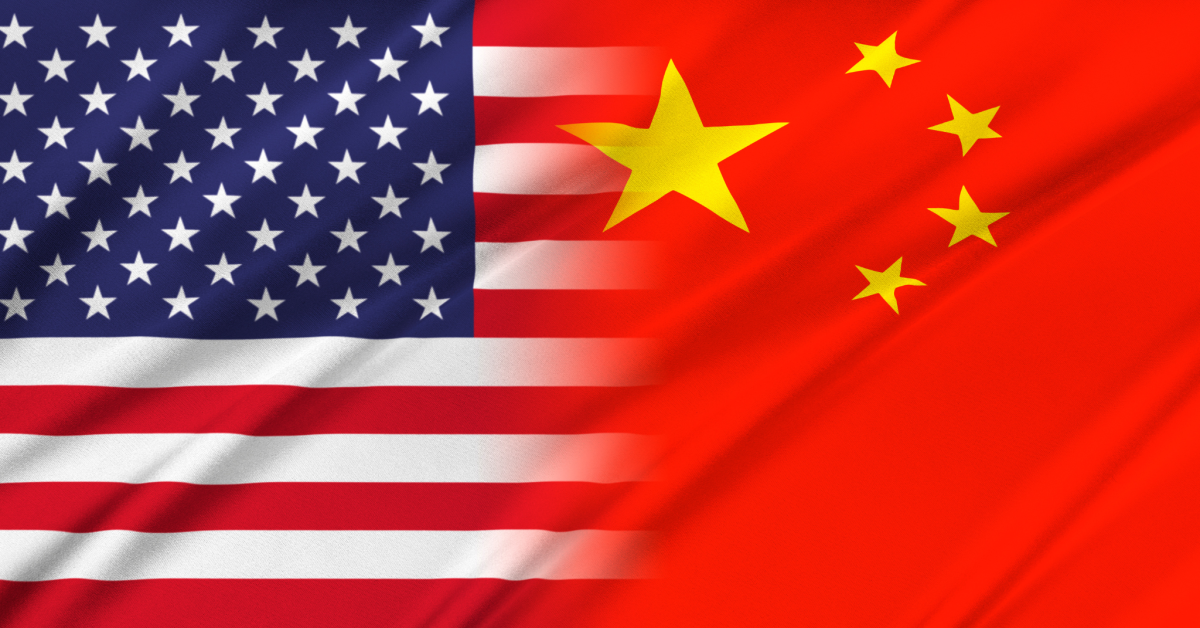Singapore’s 2025 General Election: Resounding Mandate & Continuity Secured
Singapore’s 2025 General Election, held on May 3, delivered a resounding mandate for the People’s Action Party (PAP), which secured 87 of 97 seats and 65.57% of the vote—its best result since 2011—extending its unbroken rule of Singapore since its independence in 1965. The outcome affirms strong public confidence in Prime Minister Lawrence Wong’s leadership and ensures a predictable policy environment. For businesses, this reinforces Singapore’s status as a stable, well-governed hub in an increasingly volatile global landscape.
At the same time, the Workers’ Party retained all 10 of its elected seats, confirming its role as a credible institutional opposition. Other parties, including new alliances and independents, gained visibility but failed to make electoral breakthroughs, underscoring the electorate’s preference for disciplined, issue-focused alternatives over fragmented or populist challenges.
What does this mean for business?
- Stability remains the headline. Economic policy will stay pro-enterprise, globally oriented, and supportive of long-term investment.
- Public expectations are rising. Issues like housing, cost-of-living, and climate resilience will shape policy refinements.
- Engage early and align visibly. Companies that support national goals and demonstrate local relevance will be best positioned to lead in this new chapter.
Singapore’s Electoral System: What Shapes the Vote
Singapore’s unique first-past-the-post system combines:
- Single Member Constituencies (SMCs): Represented by a single Member of Parliament (MP).
- Group Representation Constituencies (GRCs): Teams of 4–5 MPs compete, ensuring ethnic minority representation.
Votes are compulsory for all eligible citizens, and the Non-Constituency Member of Parliament (NCMP) scheme ensures at least 12 opposition voices in Parliament, even if they are unelected. The Electoral Boundaries Review Committee, appointed by the Prime Minister’s Office, periodically redraws constituency lines—often a point of criticism from the opposition due to its timing and opacity.
The Compressed Campaign Cycle: Institutional Efficiency or Strategic (Dis)advantage?
Singapore’s electoral timeline is among the shortest of parliamentary democracies. Legally, only nine days of official campaigning are required between Nomination Day and Polling Day, often preceded by minimal notice of the dissolution of Parliament. In General Elections 2025 (GE2025), the full cycle—from Parliament’s dissolution to the final vote tally—spanned barely three weeks.
- In practice, however, the short timeline presents asymmetrical challenges:
- Opposition parties, particularly smaller or newer ones, face compressed timeframes to establish a ground presence, mobilize volunteers, and clarify messages—especially in large, multi-ward GRCs.
- The incumbent PAP benefits from year-round constituency engagement, extensive party infrastructure, and a broad media reach, which afford greater visibility and message control.
- While highly engaged, voters are presented with dense campaign messaging over a short period, heightening the role of walkabouts, visual collateral, and door-to-door engagement.
Notably, GE2025 showcased a maturing opposition response. The Workers’ Party (WP) ran a polished, bilingual campaign that maximized its grassroots strength in Hougang, Aljunied, and Sengkang. Its use of neighborhood activations, candidate explainers, and disciplined branding provided a glimpse into the increasing professionalization of non-incumbent political communications.
Timeline of the 2025 General Election

The Parties and Contenders
For GE2025, a total of nine political parties and two independents contested the election:
- People’s Action Party (PAP): Ruling party since 1959, led by PM Lawrence Wong
- Workers’ Party (WP): Main opposition, focused on checks and balances
- Progress Singapore Party (PSP), Singapore Democratic Party (SDP), Reform Party (RP), Red Dot United (RDU), People’s Voice (PV), Democratic Progressive Party (DPP), Singapore People’s Party (SPP): Smaller parties contesting selectively
- Independents: Darryl Lo (Radin Mas SMC) and Jeremy Tan (Mountbatten SMC)
Campaign Landscape: Discipline, Branding & the Wong Factor
GE2025 featured a brief yet high-stakes campaign, and it emerged as the most consequential campaign since 2006. This was not due to the possibility of a change in government, but because it marked a pivotal moment in Singapore’s political succession: a test of public confidence in the post-Lee Hsien Loong era and a referendum on PM Wong’s leadership.
A High-Stakes Debut for Lawrence Wong
Following his appointment in 2024, this election marked Wong’s first time leading the PAP into a general election—a transition without precedent since the Goh Chok Tong era. For Wong, the stakes were clear:
- Secure electoral legitimacy, not just inherited authority.
- Reassure Singaporeans of continuity with renewal.
- Strengthen control within the PAP and signal policy stability with adaptive leadership.
The campaign leaned heavily on Wong’s image, projecting stability, humility, and competence. PAP posters featured his likeness alongside the slogan, “With You, For You, For Singapore”—a thematic continuation of his Budget 2024 messaging. Wong’s core challenge was twofold:
- Reassure older voters of policy continuity.
- Convince younger voters that he is not merely a steward, but a leader equipped to navigate Singapore through climate risk, economic transformation, and global uncertainty.
A Professional Opposition, but with Limited Gains
The Workers’ Party (WP) ran a disciplined and professional campaign, rooted in its institutional credibility and strong ground networks. This strategy effectively retained its stronghold in Aljunied, Hougang, and Sengkang, but it failed to deliver seat gains, underscoring the challenges of opposition growth in Singapore’s dominant-party system.
By contrast, other minor opposition parties such as the Progress Singapore Party (PSP) and Singapore Democratic Party (SDP) demonstrated visibility, particularly in constituencies like West Coast, but struggled to convert their presence into credibility. Their messaging lacked cohesion, and broader narratives did not resonate beyond the core supporter base. This outcome highlights the limitations of opposition pluralism within Singapore’s electoral structure.
Election Results: A Broad Contest with Decisive Outcomes
Results were confirmed swiftly after polls closed on May 3, with official tallies released by the early hours of May 4—reinforcing Singapore’s reputation for efficient electoral administration.
GE2025 Vote Share Summary

Note: The national vote share represents the percentage of total valid votes received across all constituencies, while the contested vote share reflects the percentage of votes received in the constituencies each party contested.
Stunning Victory for the People’s Action Party
GE2025 delivered what can only be described as a landslide and strategically significant victory for the PAP. With 87 of 97 contested seats and a national vote share of 65.57%—up from 61.24% in 2020—the ruling party not only retained but grew its supermajority. This was the PAP’s strongest electoral performance since 2011 and a clear endorsement of PM Wong’s leadership in his first election as head of government. It is the first time in Singapore’s history that a new PM’s first election has seen an increase rather than decrease in popular vote.
The PAP’s introduction of 20 new candidates and the retirement of several long-serving MPs was positively received. The electorate signaled confidence in renewal as long as it is managed within trusted institutions. The swing in support can thus also be interpreted as an affirmation of the PAP’s internal evolution—not just its legacy.
Consolidation of Opposition Votes: Workers’ Party Holds Ground as the Institutional Opposition
The Workers’ Party (WP) maintained its position as Singapore’s principal opposition party in GE2025, retaining all 10 elected seats across Aljunied GRC, Sengkang GRC, and Hougang SMC, while securing two NCMP spots to uphold a minimum of 12 opposition voices in Parliament. Although the party did not increase its seat count or make significant inroads into new constituencies like Tampines GRC or East Coast GRC, its ability to maintain its ground—despite the lingering shadow of the Raeesah Khan episode and legal proceedings involving party leader Pritam Singh—shows enduring voter trust in its role as a credible check on the ruling party. WP’s disciplined, issue-focused campaign and strong ground operations reflect a maturing opposition strategy, signaling that Singaporean voters continue to value institutionalized, constructive dissent within a dominant-party framework, especially in areas where the party has invested deeply in grassroots engagement. Across the constituencies WP contested in, the WP vote share was more than 40% (conversely the ruling PAP underperformed by approximately 10% in comparison to its national vote share) showing the electorate’s desire for trusted and credible opposition.
Discerning Electorate: Rebuke of Minor Opposition Parties
GE2025 starkly revealed the ongoing fragmentation and lack of strategic discipline among Singapore’s smaller opposition parties. Despite fielding candidates across multiple constituencies, parties like the Progress Singapore Party (PSP) and Singapore Democratic Party (SDP), and others failed to present a coherent alternative to voters. Instead of coordinated policy narratives or credible team line-ups, several minor parties attracted public attention for the wrong reasons, with candidates making headlines for attempting to sing reinterpreted songs during walkabouts or, more seriously, drawing condemnation for racially insensitive remarks that sparked brief but damaging virality on social media. These missteps undermined candidate credibility and fueled public perceptions of a lack of professionalism and readiness to govern.
In particular, opposition parties playing to populist anti-immigration sentiments such as People’s Alliance for Reform (PAR) and People’s Power Party (PPP), have performed poorly enough (<12.5% vote share in the constituency) to lose their election deposits (USD 10,400 per candidate) despite their party leaders being prominent figures on the political scene. Since GE2011, frustration over rising cost of living, job insecurity, and congestion has often been blamed by such opposition parties on immigration. The resounding rejection of the populist anti-immigration parties by the electorate will give the ruling PAP the confidence and space to shape its immigration policy more freely to attract much-needed talent to supplement Singapore’s workforce.
Given the poor performance of these minor opposition parties, GE2025 reaffirmed that Singaporeans are open to political plurality but expect seriousness, clarity, and responsibility from those seeking to represent them.
The Price of Politics: A total of 24 candidates from various smaller parties lost their election deposits after failing to secure the minimum required vote share of 12.5%. At SGD13,500 (USD 10,400) per candidate, over SGD 320,000 (USD 246,250) was collectively forfeited—a steep price for low-impact campaigns. Most of these candidates were from lesser-known or loosely coordinated opposition teams.
Independent Candidates: A Promising Shift Toward Personal Civic Engagement
While party-aligned opposition groups struggled with coherence and credibility, independent candidates emerged as the unexpected bright spots of GE2025. Most notably, Jeremy Tan, contesting in Mountbatten SMC, garnered 36.16% of the vote—the highest vote share achieved by an independent candidate in over 50 years. His performance reflected disciplined, issue-based campaigning focused on intergenerational equity, housing affordability, and inclusive governance.
Meanwhile, Darryl Lo, contesting Radin Mas SMC, earned a commendable 23.47%, establishing himself as a credible contender and one of the youngest candidates in the entire election at just 28 years old. A law graduate and first-time candidate, Lo impressed with his calm, thoughtful engagement, as well as his focus on local issues, cost-of-living pressures, and transparent representation.
Neither candidate had party infrastructure, yet both garnered significant grassroots support, reflecting a growing appetite for authentic, non-partisan voices rooted in credibility and civic-mindedness. If nurtured, this trend could open a new political lane in Singapore’s landscape—one defined by meritocratic independence and trust-building from the ground up.
Singapore’s Results in Global Context: A Vote for Certainty
The results reinforce a broader global trend of electorates rallying behind incumbents during geopolitical volatility. In the face of escalating US–China tensions, regional supply chain realignments, and persistent economic headwinds, voters across many democracies have preferred steady, familiar leadership, and Singapore is no exception. The PAP’s landslide victory demonstrates that Singaporeans view political continuity as a stabilizing force amid external uncertainty. For businesses and investors, the outcome signals policy stability and a broad national consensus behind Singapore’s role as a principled, pragmatic middle power in a divided world.
Strategic Outlook for Businesses
Implications
While GE2025 was not fought on a business policy platform, its outcome has meaningful implications for the private sector, especially regarding leadership direction, policy continuity, and stakeholder alignment.
The election results reinforce stability and preserve strategic direction. The PAP’s decisive mandate under Prime Minister Lawrence Wong offers businesses a high degree of clarity and predictability. Singapore’s economic fundamentals will remain pro-enterprise and globally connected, with continued prioritization of infrastructure, digital innovation, and the green economy. With no immediate shifts expected in fiscal or regulatory policy, businesses can plan with confidence, especially amid global uncertainty and geopolitical tensions.
The upcoming Cabinet formation will reveal the government’s strategic priorities. The formation of a new Cabinet, expected within weeks of the election, will offer insight into the government’s policy emphasis over the next three to five years. Key developments to watch include:
- Portfolio reshuffles in economic and labor ministries—potentially indicating adjustments in labor policy, sustainability, or digital strategy.
- The introduction of new political officeholders, particularly among the 20 new PAP MPs, could bring fresh ideas and political capital to emerging national priorities.
- The gradual handing of the reins to the “4G” leadership by the old guard “3G” leadership, with PM Wong to further consolidate a governing team aligned with his consultative, technocratic style.
While the broad direction of policy is expected to remain steady, businesses should monitor early Cabinet speeches and budget signals for indications of changes in pace, priority, or tone, particularly in housing, wages, ESG, and tech regulation.
Policy continuity will likely be accompanied by tactical adjustments on key issues. While long-term strategies remain intact, the election spotlighted public pressure points such as housing affordability, cost-of-living, and generational equity. Policymakers are expected to respond with adjustments at the issue level. Businesses should anticipate a continued acceleration of green transition policies, growing attention to workforce transformation and AI-readiness, and sharper scrutiny of how companies contribute to national goals, especially in socially sensitive sectors like food, energy, housing, and retail.
Recommendations
With political continuity secured and new leadership dynamics taking shape, businesses have a timely opportunity to align more closely with Singapore’s evolving national priorities. To stay ahead of regulatory developments and societal expectations, companies should prioritize the following actions:
Engage early with new officeholders. Proactively build relationships with newly appointed ministers and senior civil servants. Position your business as a strategic partner in delivering on national goals—particularly in areas such as workforce development, sustainability, and innovation.
Track issue-specific policy signals. Closely monitor developments in policy areas flagged during the campaign—especially housing, climate, digital trust, and labor. Budget statements, ministerial speeches, and committee proceedings will offer early insights into the government’s evolving posture.
Institutionalize public affairs readiness. Develop internal capabilities to anticipate and respond to policy change:
- Integrate geopolitical risk and regulatory forecasting into enterprise risk planning.
- Embed public affairs teams into C-suite strategy discussions.
- Maintain a strong presence in business associations, trade groups, and regulatory consultations to shape outcomes and protect license to operate.
Conclusion: Stability Secured, Expectations Elevated
Singapore’s political stability has been emphatically renewed—so have the electorate’s expectations for inclusive progress, responsive policy, and credible civic contribution. Businesses that engage early, adapt thoughtfully, and partner meaningfully with government and society will be best positioned to succeed in this new chapter.
Materials presented by Edelman's public & government affairs experts. For additional information, reach out to Daryl.Sim@edelman.com or Ha.Bui@edelman.com



